Where there is sun, there is rain, but this is the only place in the world where that rule is broken. Many people who live here have never had rain in their lives.
The city "doesn't rain" in a unique way
Lima, the capital of Peru, is both the largest city in the country and an important cultural, industrial, financial and transport hub. With an area of 804.3 km² and a population of 2/3 of the country's total, Lima plays a pivotal role in all activities of the country. However, what makes Lima special is its unique climate: it does not rain all year round but does not experience drought.
What is interesting when you visit Lima is the sight of houses in low-income areas without roofs. Many are even built with cardboard. The reason for this phenomenon comes from the mild climate and little rain, so people here do not feel the need to install roofs.
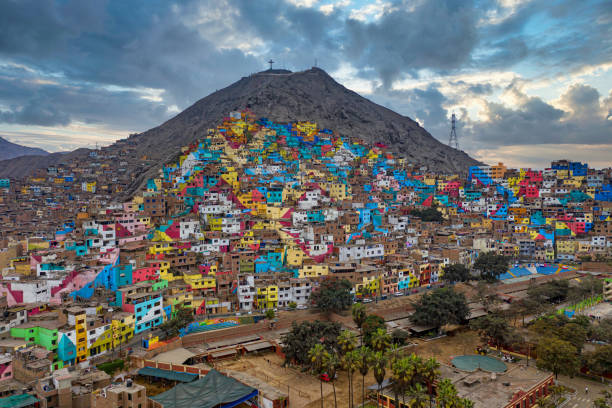
For that reason, Lima is one of the few cities in the world without a sewer system. People here never need umbrellas or raincoats, and for many, rain is a phenomenon they have never witnessed in their entire lives.
Historically, there was a time when it actually rained in Lima more than 600 years ago. Today, the city is considered the only place in the world that does not experience the rains that other areas experience.
What does science say?
The phenomenon of "rain" in Lima is also unique. Instead of the usual showers, Lima is covered in a thick fog. This fog gradually condenses and creates only a slight dampness on the ground surface.
According to scientific studies, the average annual rainfall in Lima ranges from only 10mm to 15mm, much lower than in other areas. For comparison, this rainfall is less than 1/5 of that of the Sahara Desert, one of the driest places in the world.
Meteorologists have come up with an explanation for this peculiar phenomenon. Despite its low rainfall, Lima is not as dry as other areas thanks to its unique geographical location. The city is located in the subtropical South Pacific , in the tropics, but is affected by the cold Peruvian current, which helps maintain humidity and prevent aridity.
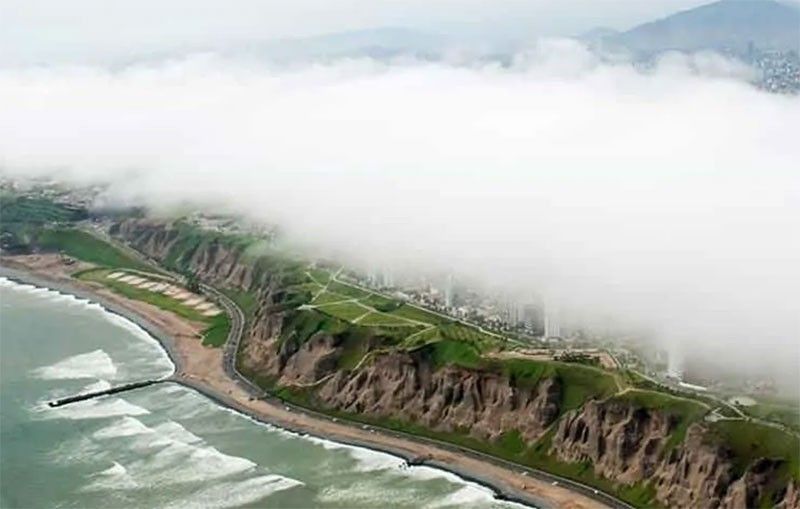
The climate phenomenon in Lima is explained by the fact that cold air from the Peruvian Current blocks the water vapor rising from the ground, preventing it from condensing into cumulonimbus clouds and causing rain. Therefore, even without rain, Lima is not dry but on the contrary, quite humid thanks to the large amount of water vapor in the air.
In addition, Lima's proximity to the sea and the presence of the Mark River provide it with abundant groundwater. Thanks to this, the city has never faced a water shortage. This abundant water source not only meets the daily needs of the people but also ensures other economic and production activities.
Unique landscape attracts many tourists
When viewed from above, Lima appears like a beautiful picture, surrounded by desert, coastline and long stretches of golden sand. The city possesses a unique landscape where arid nature blends with the blue sea.
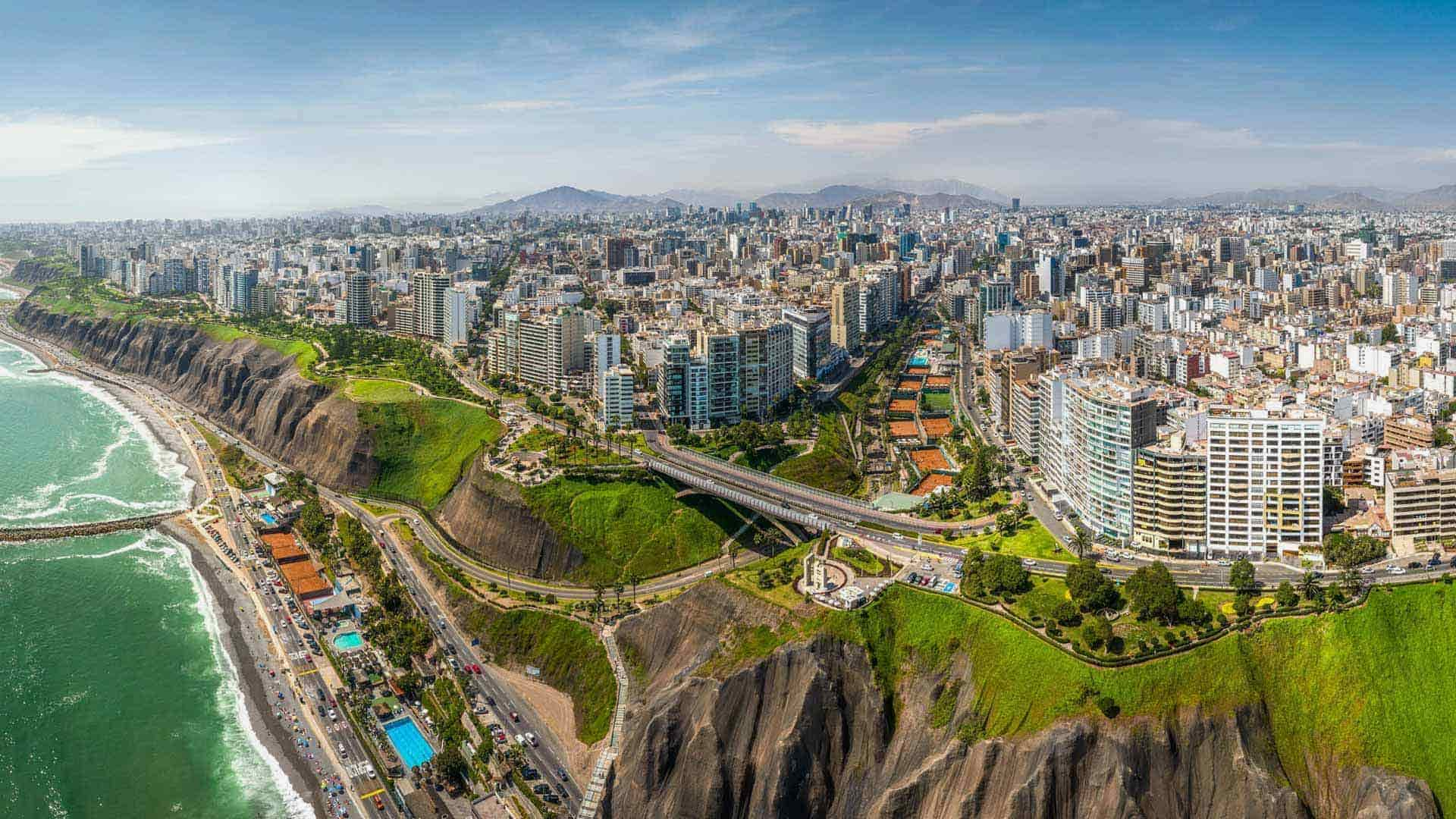
To ensure water for daily life, Lima residents mainly exploit water from the Aprikh River, which originates from the melted snow and ice in the Andes Mountains. Although there is no rain, the climate in Lima is quite mild. The lowest temperature is around 16 degrees Celsius and the highest does not exceed 23 degrees Celsius. With pleasant weather all year round, Lima is likened to always being immersed in the atmosphere of spring.
Lima, the capital and largest city of Peru, and the administrative center of Lima Province, plays a key role in many areas of the country, including culture, industry, finance, and transportation. Located in a valley along the three rivers Chillón, Rímac, and Lurín, the city is not only the seat of power, but also accounts for two-thirds of the country's GDP, attracts the majority of private investment, tax revenue, bank deposits, as well as a large number of physicians and students. Despite efforts to decentralize power, Lima remains the headquarters of many important government agencies. The city's historic center has been designated a UNESCO World Heritage Site.
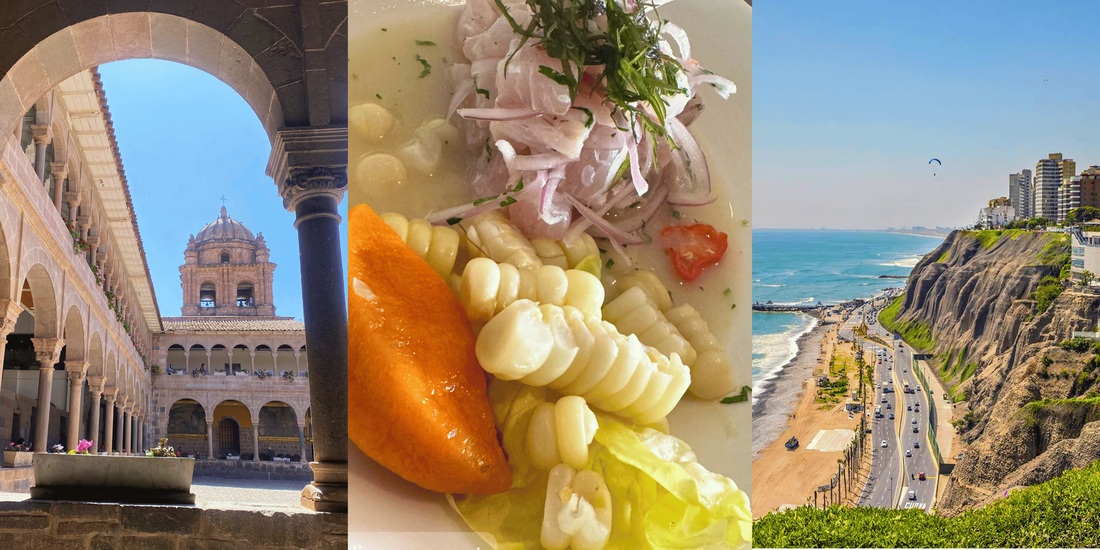
Lima is also famous for its ancient architecture and poetic natural scenery. Besides its historical beauty, the city has a modern lifestyle and possesses a diverse and rich culture, contributing to the appeal of the capital of Peru. This is also the land of delicious delicacies. The cuisine of this city always makes tourists admire every time they enjoy it because of the unique Latin style that has taken root and penetrated deeply into the culture and subconscious of the Peruvian people.
Thuy Linh (Source: TravelMtl, LimaEasy, Reddit...)
Source: https://giadinh.suckhoedoisong.vn/noi-duy-nhat-tren-the-gioi-khong-co-mot-giot-mua-suot-600-nam-nhung-chua-bao-gio-bi-thieu-nuoc-khoa-hoc-ly-giai-dieu-bat-ngo-172241016073637053.htm


![[Photo] Unique art of painting Tuong masks](https://vphoto.vietnam.vn/thumb/1200x675/vietnam/resource/IMAGE/2025/11/14/1763094089301_ndo_br_1-jpg.webp)


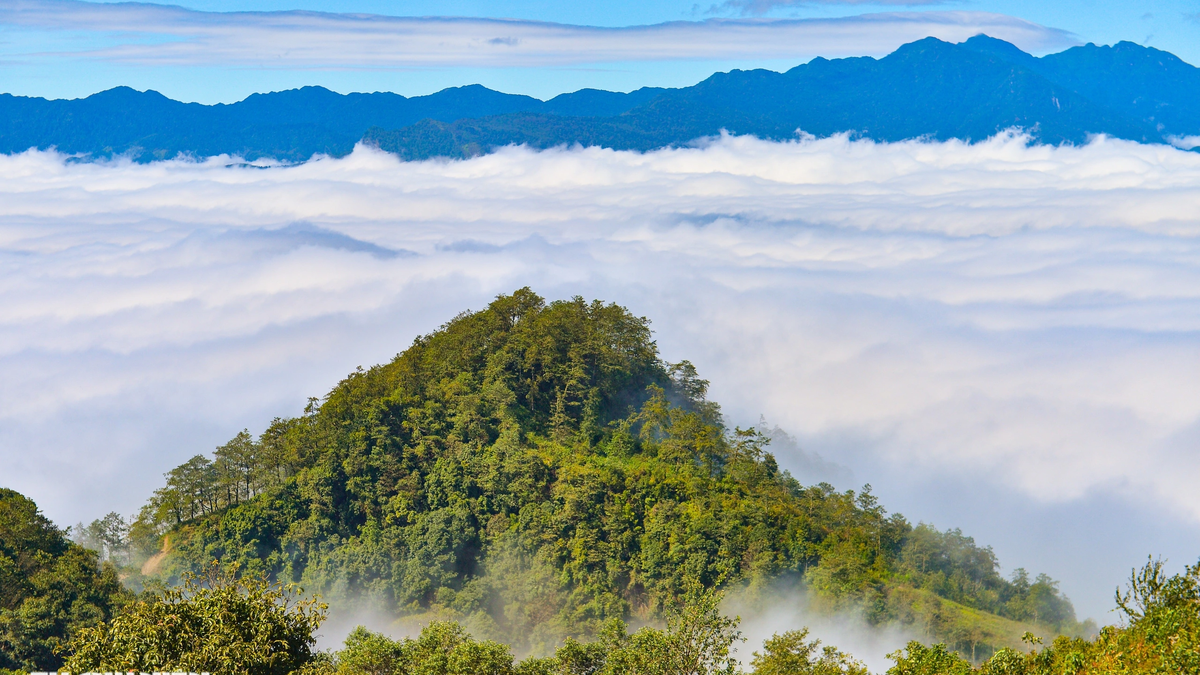

![[Photo] Unique architecture of the deepest metro station in France](https://vphoto.vietnam.vn/thumb/1200x675/vietnam/resource/IMAGE/2025/11/14/1763107592365_ga-sau-nhat-nuoc-phap-duy-1-6403-jpg.webp)









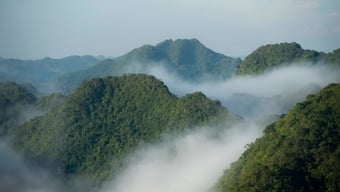








![[Photo] Special class in Tra Linh](https://vphoto.vietnam.vn/thumb/1200x675/vietnam/resource/IMAGE/2025/11/14/1763078485441_ndo_br_lop-hoc-7-jpg.webp)







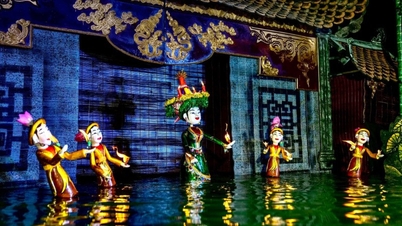
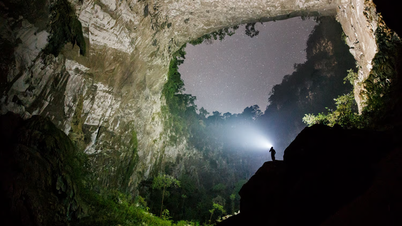












































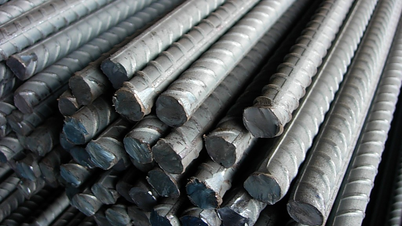













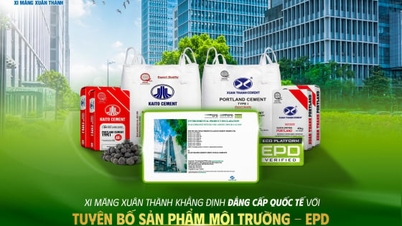






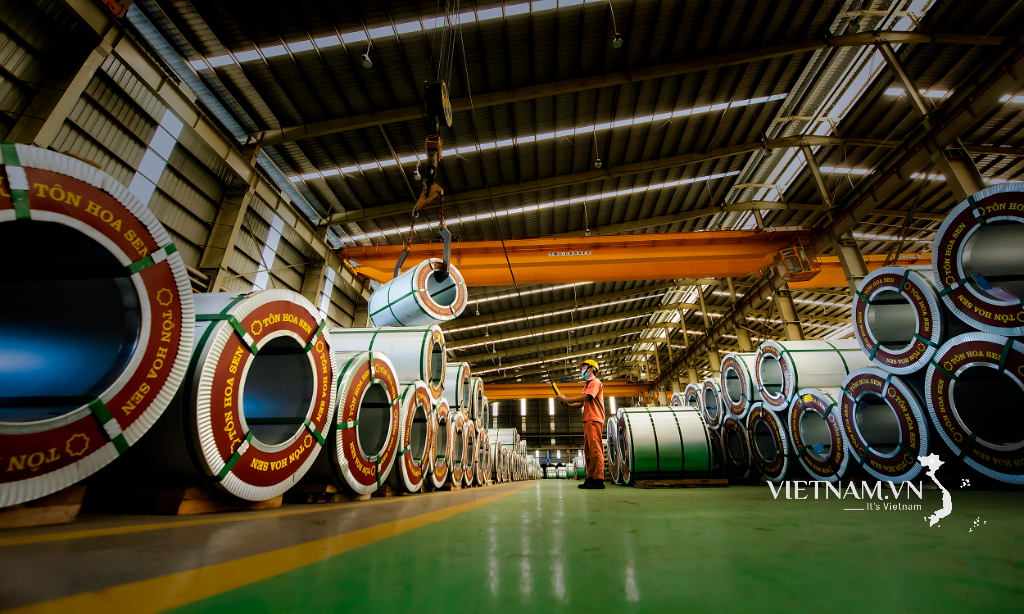

Comment (0)